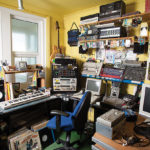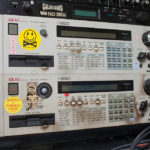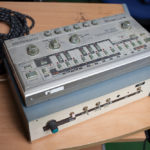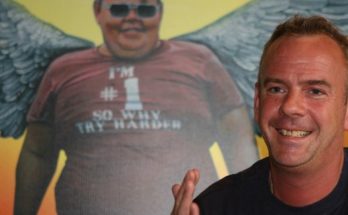
Fatboy Slim on modern music gear:
“In Ableton you can just have the samples all running, and you can have them all running at the same speed, you can change the pitch of them. But to be honest, to me that’s lost a lot of the appeal and the excitement of the record-making process. Which is one of the reasons why as a producer I’ve become increasingly less prolific because I just don’t get excited about pushing a mouse about and looking at Ableton and thinking, ‘You can do anything, you’ve got everything right there in front of you.’
“When I was limited to the record collection and samples that I had, and the three synthesizers that I had that I knew inside out, that directed a certain course of where I could go with it. And it would be exciting to be bending the rules. But now everything’s laid on a plate for you and there’s too much choice. Before it was like, ‘What can I get out of a 909? What can I get out of a 303?’ Now it’s like you’ve got every single synth under the sun you can call up. I kind of don’t know where to start.”

A list of films directed by Fernando Di Leo:
Gli eroi di ieri… oggi… e domani (1964)
Rose rosse per il führer (it) (Red Roses for the Führer, 1968)
I ragazzi del massacro (Naked Violence, 1969)
Brucia, ragazzo, brucia (A Woman on Fire, 1969)
Amarsi male (A Wrong Way to Love, 1969)
Slaughter Hotel, also known as The Beast Kills in Cold Blood, 1971)
Milano calibro 9 (Caliber 9, 1972)
La mala ordina (Manhunt, 1972)
Il Boss (The Boss, 1973)
La seduzione (Seduction, 1973)
Il poliziotto è marcio (Shoot First, Die Later, 1974)
Colpo in canna (Loaded Guns, 1975)
La città sconvolta: caccia spietata ai rapitori (Kidnap Syndicate, 1975)
Gli amici di Nick Hezard (Nick the Sting, 1976)
I padroni della città (Rulers of the City, also known as Mister Scarface, 1976)
Diamanti sporchi di sangue (Blood and Diamonds, 1977)
Avere vent’anni (To Be Twenty, 1978)
Vacanze per un massacro (Madness, 1980)
Razza violenta (The Violent Breed, 1984)
Killer Contro Killers (Killer Vs Killers, 1985)
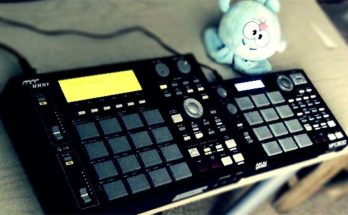
Focusing on the MPC500 and MPC1000, but also touching on the MPC Live and MPX6 and 8.
MPC Software:
MPC Maid (works with MPCs to convert samples to correct format [16bit wav], assign them to pads, etc)
MPC500 manuals:
MPC500 Manual pdf
MPC500 quickstart guide
MPC500 video tutorials:
Does anyone know of one?
MPC1000 video tutorials:
[somryv url=”EsCj-wamAKI” size=”large” align=”center”]
Cool Pedal Effects Setup - Toshi Kasai
He used to be a guitarist for Big Business, and now is most familiar to music listeners for his collabs with the Melvins.
In his Sound of Sirens studio, he showed EarthQuakerDevices (yes, the guitar pedal company) this effects rack.
He has shelves of pedals, not all hooked up, but on top there’s that patch bay, so it’s easy for him to run cords in and out of any pedal he’s recording.
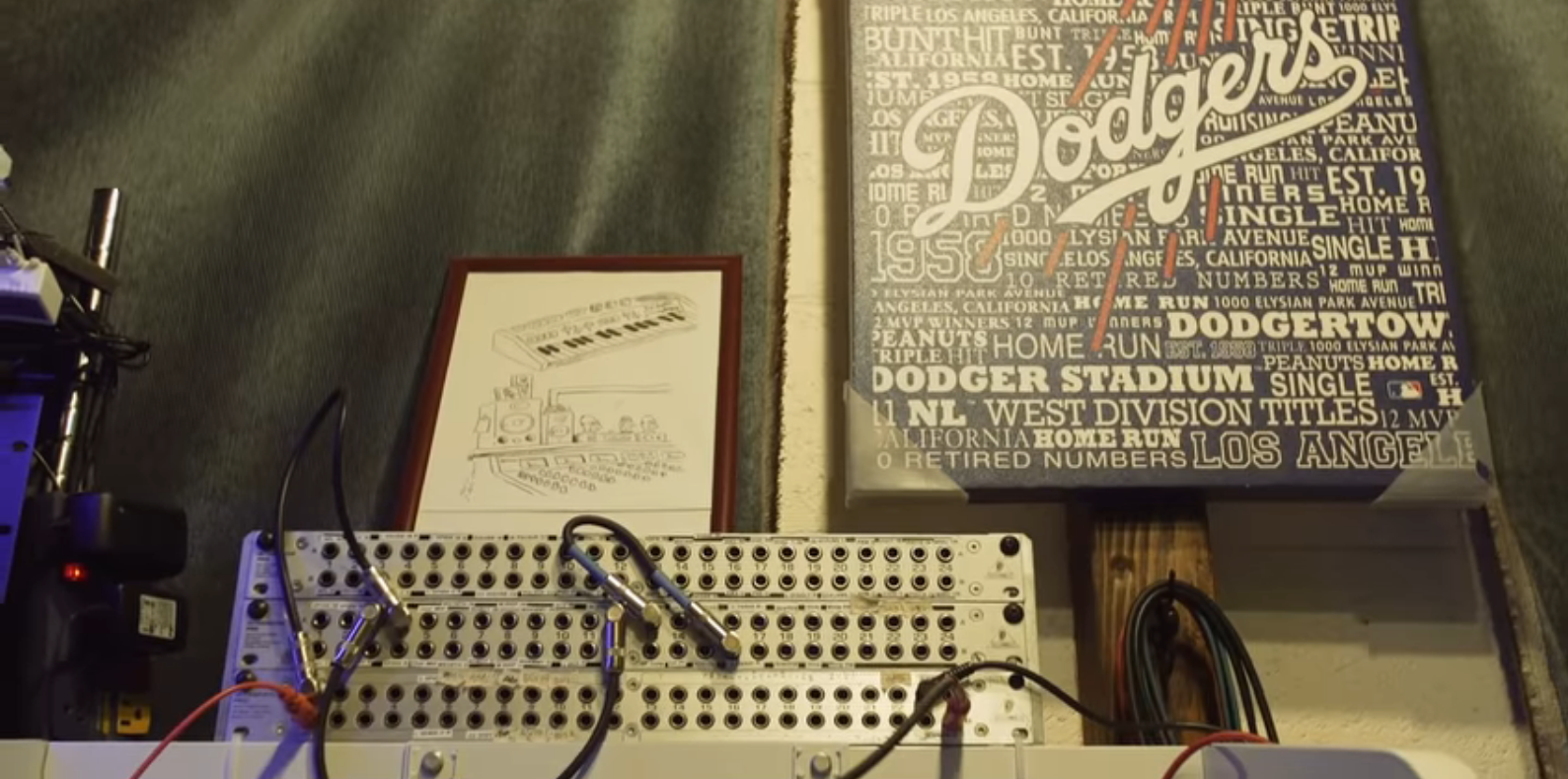
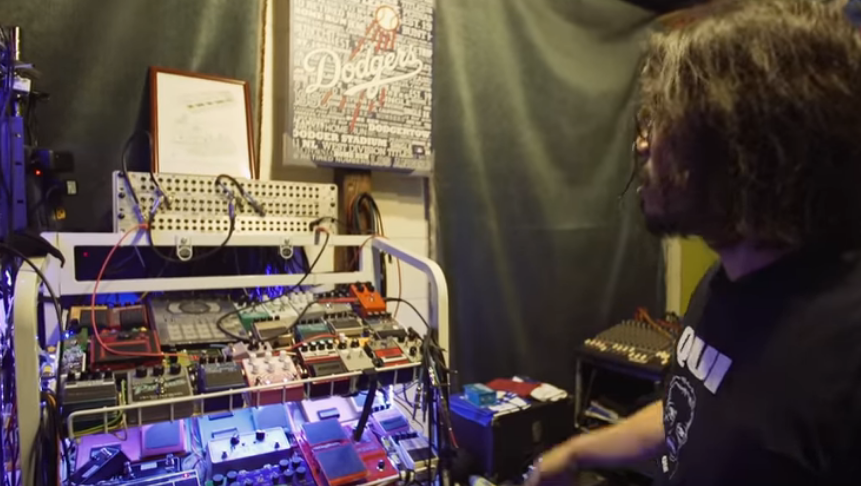
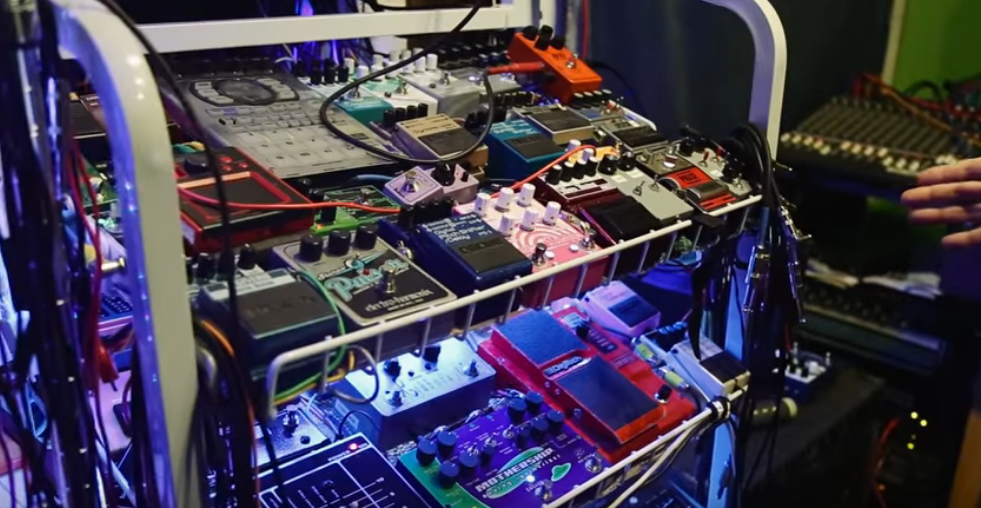
The video by EarthQuakerDevices:
[somryv url=”Ig_OXRshmIY” size=”large” align=”center”]
Switched on Pop - A podcast where they break down a range of popular music
[feedzy-rss feeds=”http://www.switchedonpop.com/feed/” max=”15″ feed_title=”no” refresh=”1_days” sort=”date_desc” target=”_blank” meta=”yes” summary=”yes” ]
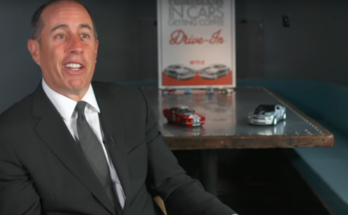
When Seinfeld was asked last month by AP about whether being attacked (legally or critically), he gave the following comment:
“Not really, because there’s so many voices that they kind of cancel each other out.
“It seems to me that every single person, everywhere, is under attack of their comments section of whatever they think or whatever they said. So to me it has no impact. Because it’s too much noise. It’s all just noise that everybody drowns each other out, so I don’t really worry about it.”
[somryv url=”qsSNEyopWz0″ size=”large” align=”center”]
Cool Pedal Effects Setup - Toshi Kasai
He used to be a guitarist for Big Business, and now is most familiar to music listeners for his collabs with the Melvins.
In his Sound of Sirens studio, he showed EarthQuakerDevices (yes, the guitar pedal company) this effects rack.
He has shelves of pedals, not all hooked up, but on top there’s that patch bay, so it’s easy for him to run cords in and out of any pedal he’s recording.



The video by EarthQuakerDevices:
[somryv url=”Ig_OXRshmIY” size=”large” align=”center”]
Why Longer Things, and How, According to Gianandrea Noseda
“The music as an art form needs more time to express [than 3 minutes]. Like when you go to TV, and the first thing they tell you is keep the sentences very short and don’t go over 30 seconds. In 30 seconds you can say a slogan; you cannot make a sort of starting from here and getting to there. To be understood you need to make a development. In music, it’s exposition, development, recapitulation, getting back through the development section you understand why I started like that; you now have the elements to understand that.
“In a normal symphony, the first movement, Schumann, Brahms, Beethoven, we’re talking 15 minutes. I can reduce that to 2 minutes in a conversation. Less than that and either you do only the exposition or only the development, but [if the development] you start from where? The development of what? Or you go to the recapitulation you don’t have the elements to understand what I want to say deeply.
“The problem is not how to get people to the concert hall, it’s how to get any of us to listen to more than 3 minutes 5 minutes.”
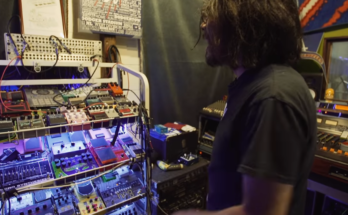
He used to be a guitarist for Big Business, and now is most familiar to music listeners for his collabs with the Melvins.
In his Sound of Sirens studio, he showed EarthQuakerDevices (yes, the guitar pedal company) this effects rack.
He has shelves of pedals, not all hooked up, but on top there’s that patch bay, so it’s easy for him to run cords in and out of any pedal he’s recording.



The video by EarthQuakerDevices:
[somryv url=”Ig_OXRshmIY” size=”large” align=”center”]
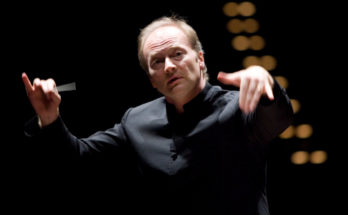
“The music as an art form needs more time to express [than 3 minutes]. Like when you go to TV, and the first thing they tell you is keep the sentences very short and don’t go over 30 seconds. In 30 seconds you can say a slogan; you cannot make a sort of starting from here and getting to there. To be understood you need to make a development. In music, it’s exposition, development, recapitulation, getting back through the development section you understand why I started like that; you now have the elements to understand that.
“In a normal symphony, the first movement, Schumann, Brahms, Beethoven, we’re talking 15 minutes. I can reduce that to 2 minutes in a conversation. Less than that and either you do only the exposition or only the development, but [if the development] you start from where? The development of what? Or you go to the recapitulation you don’t have the elements to understand what I want to say deeply.
“The problem is not how to get people to the concert hall, it’s how to get any of us to listen to more than 3 minutes 5 minutes.”



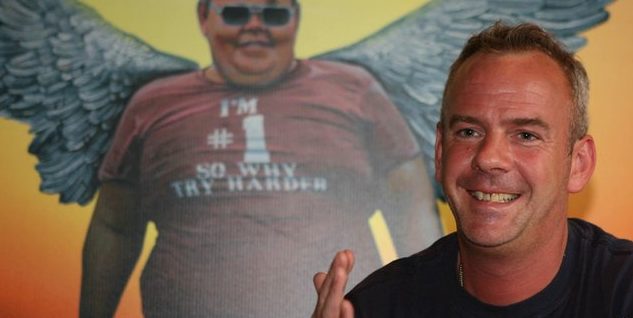 " >
" >

